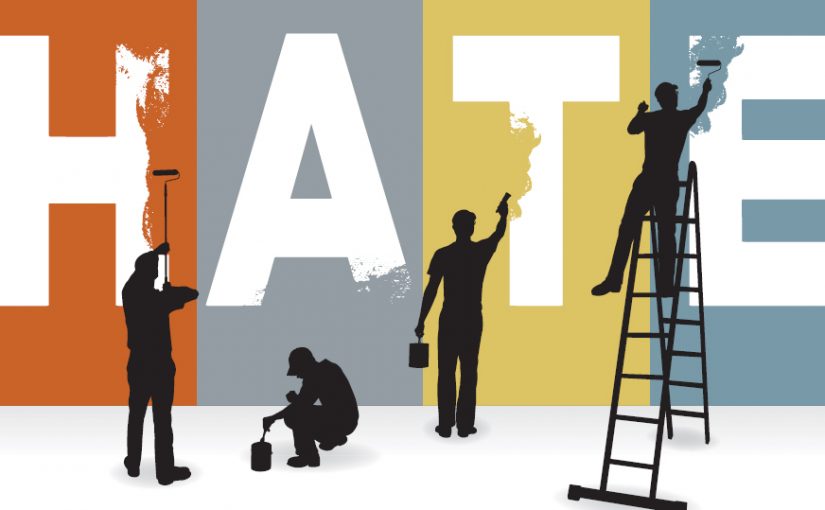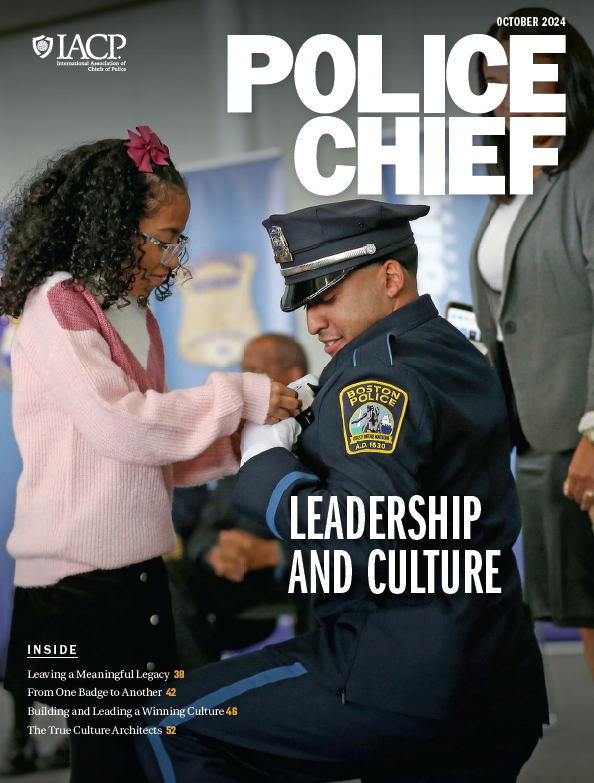In a disturbing trend, hate crimes have been on the rise in recent years in the United States. When a person is targeted for a crime because of actual or perceived race, color, ethnicity, religion, national origin, gender, sex, sexual orientation, gender identity or expression, or disability, it harms not only that person, but also the group of people who share the characteristic for which that person was targeted and the community. These crimes may intimidate other members of the victim’s community, leaving them feeling isolated, vulnerable, and unprotected. Hate crime laws were enacted out of a recognition that crimes motivated by bias are different from other criminal conduct—both because of the unique harm they cause to the immediate victim and because of their negative impact on the broader community. As seen in Oak Creek, Wisconsin; Charleston, South Carolina; Orlando, Florida; Pittsburgh, Pennsylvania; Poway, California; El Paso, Texas; and Buffalo, New York, hate crimes have devastating and far-reaching effects.
When law enforcement agencies take bias-motivated crimes seriously, it helps send an important message that every individual and every community is valued.
As a general concept, a hate crime is a crime in which the actor intentionally targets an individual or property, in whole or in substantial part because of the actual or perceived race, color, ethnicity, religion, national origin, gender, sexual orientation, gender identity or expression, or disability of an individual or group of individuals. Forty-six states and the District of Columbia, along with the federal government, have enacted hate crime laws, which vary widely in terms of which aspects of identity are covered, with some states offering much broader protections than others.1 Although the specific state (and federal) laws may vary in terms of which characteristics are enumerated, which underlying crimes are covered, available remedies, and other aspects of the respective statutes, hate crime laws send the important message that people should not be targeted because of who they are.
The Rising Number of Hate Crimes
The FBI has been collecting and reporting hate crime data in an annual report since the 1990s. The most recent data available is from 2020, and it shows hate crimes in the United States at a historic high. In 2020, there was a 13 percent increase in reported hate crimes from the previous year and the highest total in almost two decades, since 2001. A total of 8,263 hate crime incidents were reported — an increase from 7,314 in 2019.2
As has consistently been the case since the FBI began collecting data, race-based—and specifically anti-Black—hate crimes represented the largest portion of reported hate crimes in 2020. There was a sharp increase in reported hate crimes targeting Black people in 2020; that number rose approximately 49 percent, from 1,930 in 2019 to 2,871 in 2020. The number of reported anti–Asian American and Pacific Islander (AAPI) hate crimes increased significantly, as well, from 179 to 294. Reported gender identity–based hate crimes also rose, from 198 to 266, which is the highest it has been since the FBI began collecting data on this category of hate crimes in 2013. Although reported “anti-Hispanic or Latino” (Note: This is the term the FBI uses) hate crimes decreased slightly, the number is still the second highest it has been since 2010. Hate crimes targeting the Jewish community represented the largest portion of reported religion-based hate crimes, at nearly 55 percent. Crimes targeting the Jewish community consistently constitute over half of all reported religion-biased crimes.3
The Need for More Comprehensive Data
One of the biggest impediments to developing a complete picture of the scope and nature of hate crimes in the United States is the lack of comprehensive and reliable data. Hate crimes are significantly underreported. This means that the real volume and scope of hate crimes targeting marginalized communities is even higher than the data compiled by the FBI indicate. Underreporting exists on two levels: (1) by communities to police, often due to the significant barriers to reporting that communities face; and (2) by police departments to the FBI.
Victims and communities face significant barriers to reporting hate crimes. In fact, some of the most likely victims of hate crimes are the least likely to report those crimes to the police. It is important to understand and consider the barriers to reporting, which range greatly, but can include fear or distrust of law enforcement; fear of retribution; fear of deportation, detention, or other negative immigration-related responses for oneself or those in one’s community; language barriers; embarrassment; concern about making an aspect of one’s identity public; and ability-related barriers, among many others. Engaging in broader efforts to build relationships between police and communities that are often targeted by hate crimes is critical.
For the third straight year, the number of law enforcement agencies providing hate crime data to the FBI has decreased. Despite this decline, it is striking to see the stark increase in reported hate crimes in 2020. It is disconcerting that the level of underreporting by police departments to the FBI has been getting worse over the past several years, rather than better.4
Of further concern is that, even among agencies that are, in theory, participating in the program, far too many report zero hate crimes, which raises questions about the accuracy of the numbers they are reporting. This is particularly true in well-populated areas. In 2020, 10 cities with a population over 100,000 did not report hate crime data at all, and 59 cities with a population over 100,000 reported zero hate crimes. Additionally, among the 50 largest cities in the United States—all of which have populations over 400,000—10 reported hate crimes in the single digits for 2020.5
It is essential that police departments report accurate hate crime data. Improving hate crime reporting to ensure more comprehensive and accurate data can enhance understanding of the nature, scope, and magnitude of the problem of hate crimes. This, in turn, will better equip agencies and the public to be able to address it. In addition, providing robust hate crime data sends a message that the department is committed to transparency and takes these crimes seriously.
ADL Resources for Addressing Hate Crimes
One important step that a law enforcement agency can take to help ensure it is well positioned to effectively respond to bias-motivated crimes is being proactive in providing its personnel with education and resources on hate crimes. In order to effectively address hate crimes, officers must first be able to recognize hate crimes and understand what makes bias crimes—and the harm those crimes cause to individuals and communities—significant and unique from other crimes. ADL offers a variety of resources to help law enforcement combat hate, including
- information and expertise in combating hate crimes and online hate;
- information and intelligence on extremist groups, movements, and individuals through the ADL Center on Extremism (COE), which is comprised of a team of investigators, analysts, researchers and technical experts who strategically monitor and expose extremist threats—on the internet and on the ground;
- an interactive H.E.A.T. Map, where a user can view incidents of hate, extremism, antisemitism, and terrorism by geographic area;
- a Hate Symbols Database that provides an overview of many of the symbols most frequently used by white supremacist groups and movements and other types of hate groups; and
- professional development opportunities designed specifically for law enforcement that can often be provided at little to no cost to agencies.
ADL also offers interactive hate crime workshops that introduce a series of tools and practices to enhance law enforcement’s ability to prevent and respond to bias-motivated crimes. Participants learn to identify key elements of bias-motivated crimes, strengthen their understanding of the legal framework (customized to the specific jurisdiction), enhance skills related to investigation and documentation of bias-motivated crimes, and deepen their appreciation for the importance of preventing and addressing bias-motivated crimes.
Conclusion
Effectively addressing hate crimes requires an approach that includes all stakeholders—organizations representing and working with the communities most affected by hate crimes, community members, faith leaders, elected leaders, public officials, educators, technology entities, law enforcement, and others—in a way that prioritizes the voices and needs of communities that are disproportionately impacted by hate crimes. 🛡
Notes:
1ADL, “ADL Hate Crime Map.”
2Federal Bureau of Investigation (FBI), “Hate Crime,” Crime Data Explorer.
3FBI, 2019 Hate Crime Statistics, Uniform Crime Reports (Washington, DC, 2020); FBI, Hate Crime Statistics, 2020, Uniform Crime Reports (Washington, DC, 2021).
4FBI, “Hate Crime,” Crime Data Explorer, parameters 2017–2020.
5FBI, “Hate Crime,” Crime Data Explorer.



